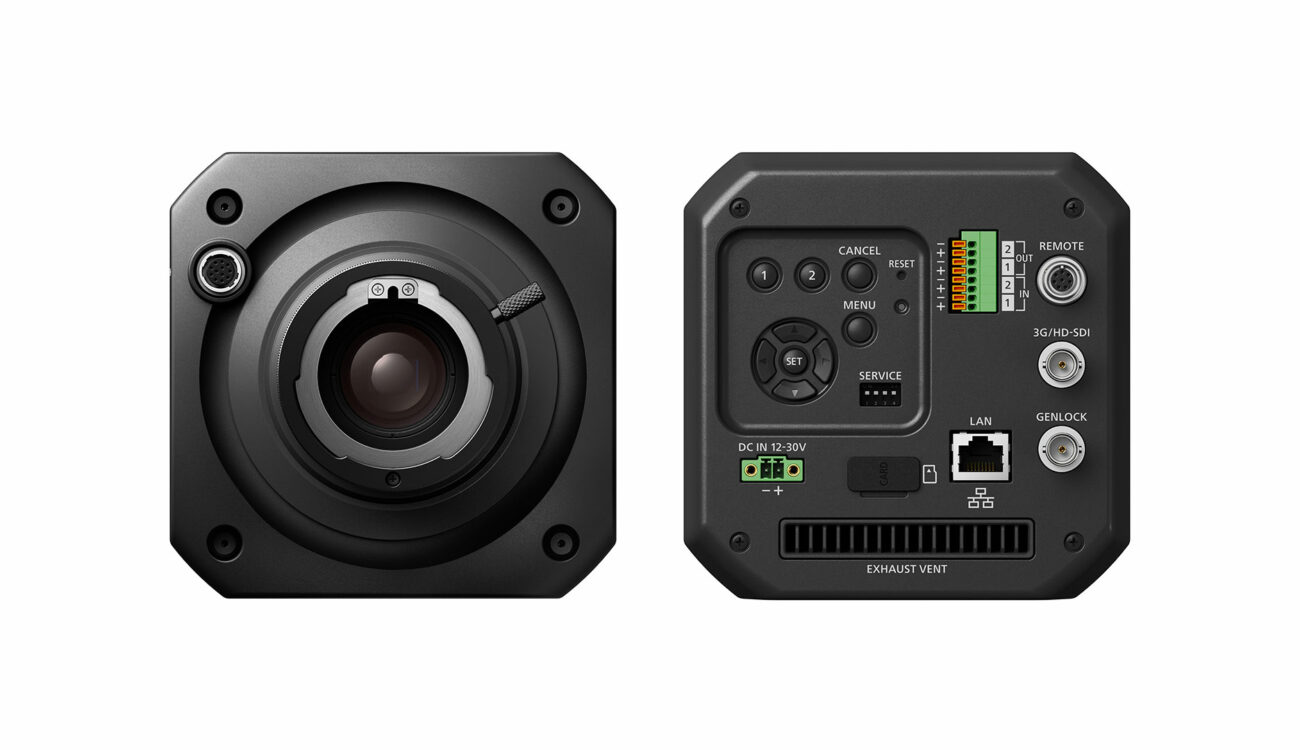
Canon announced they are developing a new box-style camera with a 1-inch SPAD image sensor capable of capturing HD footage in extreme low-light conditions: the Canon MS-500. Let’s take a closer look at this world’s first camera equipped with such a big SPAD image sensor.
Back in 2015, Canon launched the ME20F-SH camera that still has, to this day, a whopping 4 Million ISO setting. In January this year, the company also claimed to have developed a sensor with no less than 24 stops of dynamic range.
Canon continues to push night-vision image sensors and technology one step further with the MS-500, a successor to the ME20F-SH, capable of seeing what your eyes can’t see.
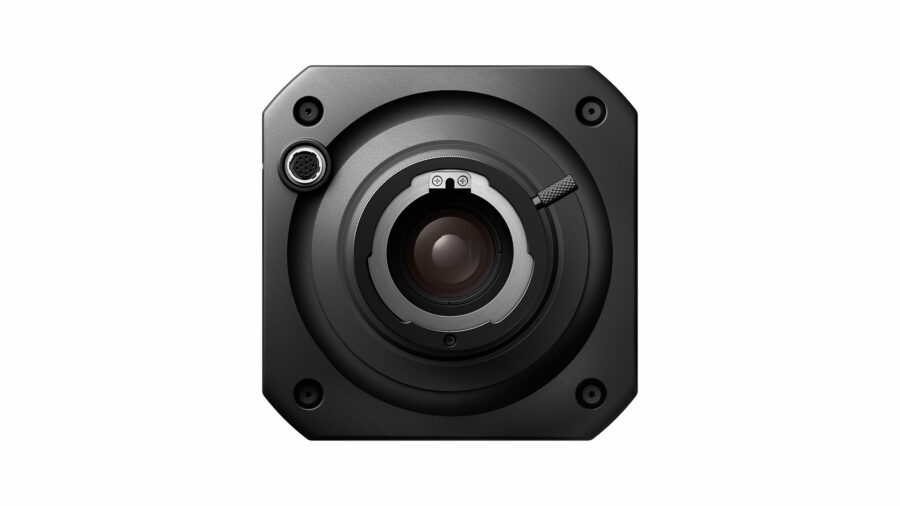
Canon MS-500 – a world’s first
The Canon MS-500 is, according to Canon, “the world’s first ultra-high-sensitivity interchangeable-lens camera (ILC) equipped with a 1.0-inch Single Photon Avalanche Diode (SPAD) sensor featuring the world’s highest pixel count of 3.2 megapixels.” Indeed, that’s a lot of “world’s first” in one sentence. So what does it all mean?
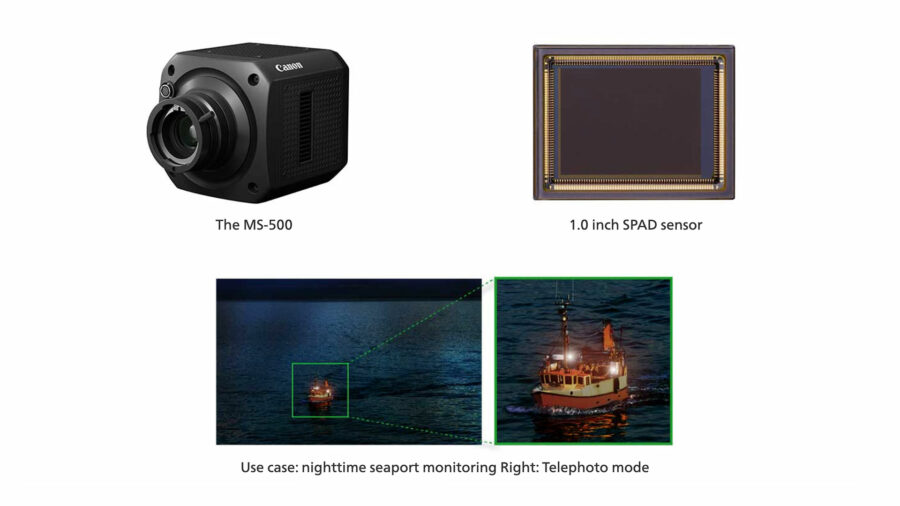
First, the Canon MS-500 has a B4 bayonet lens mount based on BTA S-1005B standards. The B4-mount has been a broadcast standard for decades. It means that you can use a lot of broadcast lenses with it, whether from Canon or another manufacturer.
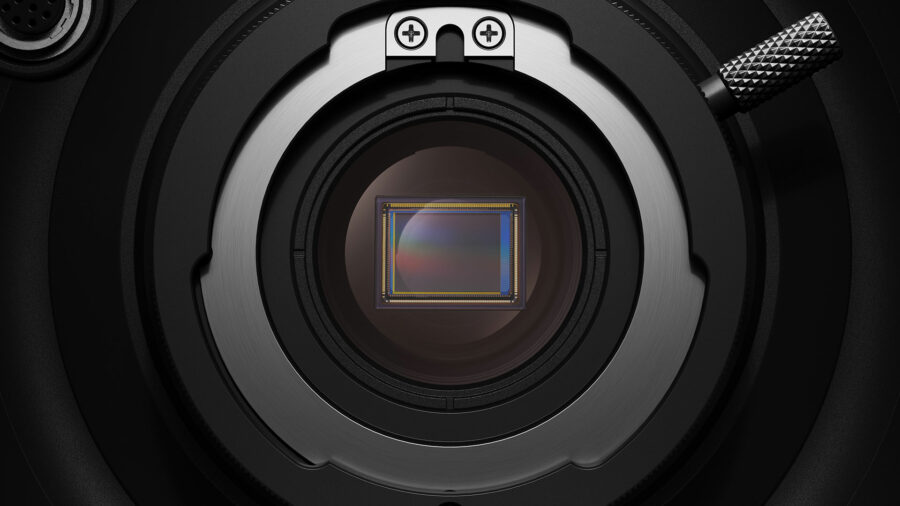
The next thing we know about the Canon MS-500 is its image sensor. The camera features a 1.0-inch color sensor with a pixel count of 3.2 megapixels. This image sensor is a Single Photon Avalanche Diode – also called SPAD – sensor, which differs significantly from the widely used CCD and CMOS we all know in cinema and mirrorless cameras. Again, I’ll quote Canon, which explains it clearly:
With CMOS sensors, which are commonly used in conventional modern digital cameras, each pixel measures the amount of light that reaches the pixel within a given time. However, the readout of the accumulated electronic charge contains electronic noise, which may diminish image quality, due to the process by which accumulated light is measured. This could lead to degradation of the resulting image, particularly when used in low-light environments.
SPAD sensors employ a technology known as “photon counting” in which light particles (photons) that enter each individual pixel are counted. When even a single photon enters a pixel it is instantly amplified approximately 1 million times and output as an electrical signal. Every single one of these photons can be digitally counted, thus making possible zero-noise during signal readout—a
key advantage of SPAD sensors.Because of this technological advantage, the MS-500 camera will be able to operate even under nighttime environments with no ambient starlight, and will also be capable of accurately detecting subjects with minimal illumination and capture clear color images.
Canon
In short, this 1-inch SPAD image sensor will produce full-color HD images with very little noise in extreme low-light environments. If you were impressed by the Sony a7S III, we can say that the Canon MS-500 may be the new night vision king.
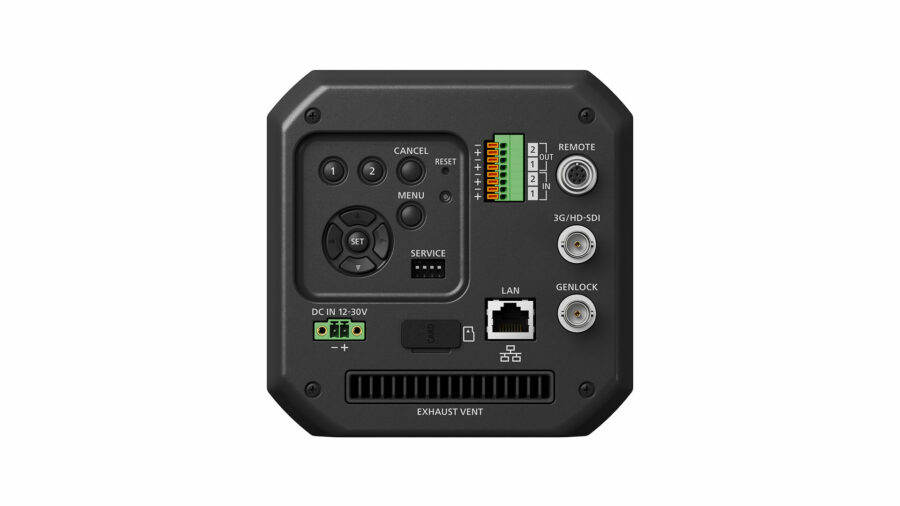
Input and output ports
Like most box-style cameras, the Canon MS-500 has no built-in screen. All the input and output ports are at the back of the camera. You’ll find a microSD card slot, an RJ45 input port, a 3G HD-SDI output port, a remote port, a Genlock BNC connector, a couple of control buttons, and a DC 12-30V power input port.
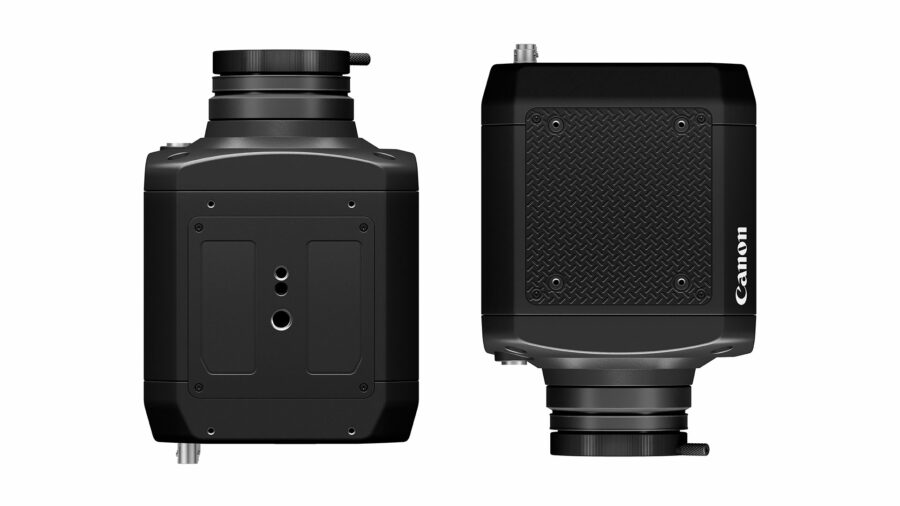
At the bottom of the MS-500, you’ll find one 1/4″-20 and one 3/8″-16 mounting point. At the top of the MS-500, you’ll find several mounting points to attach a third-party top plate.
Pricing and availability
Canon plans to begin selling the MS-500 this year, but there is no precise information about pricing or availability. However, this is a science/research/security-oriented camera, so you can expect a price of at least $30,000, which is what the Canon ME20F-SH started at.
For more information, please visit Canon’s website here.
Canon MS-500 High-Sensitivity Camera Development Announced - CineD
Read More

No comments:
Post a Comment